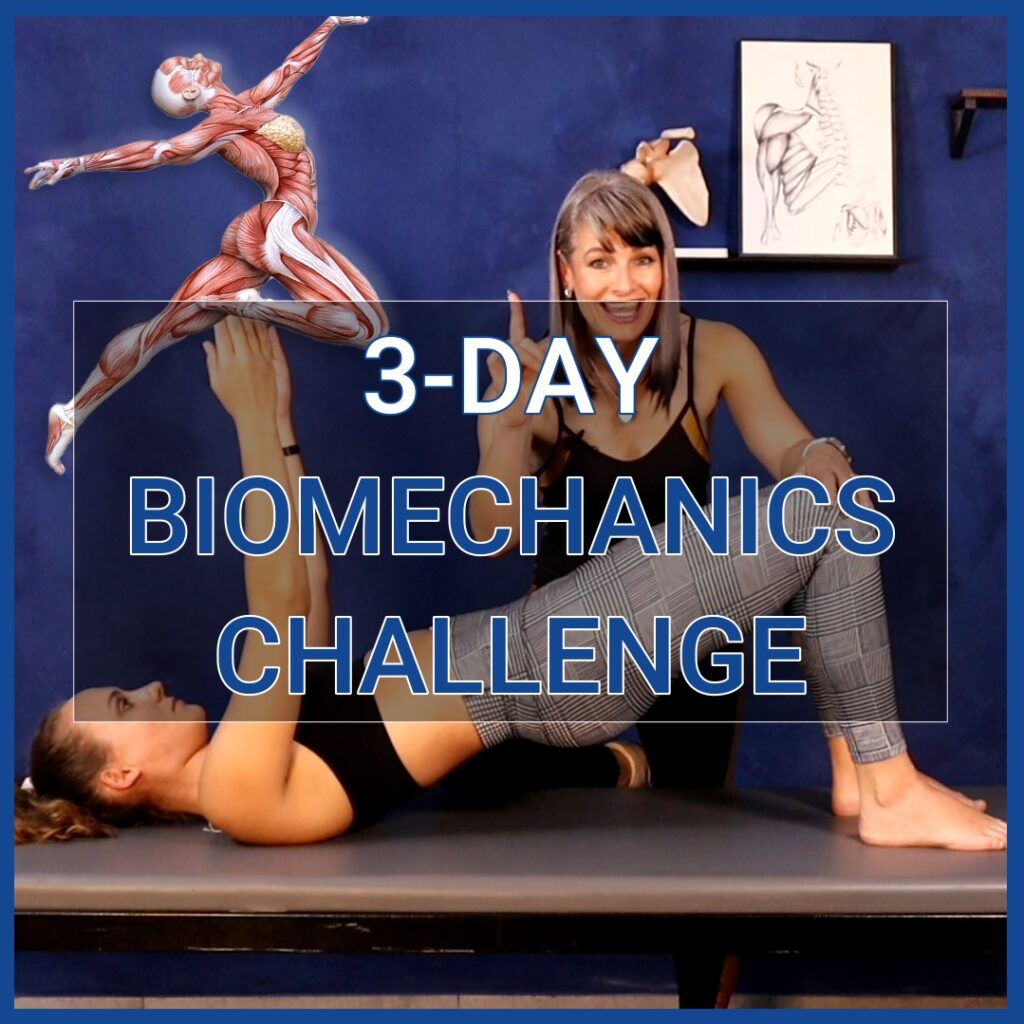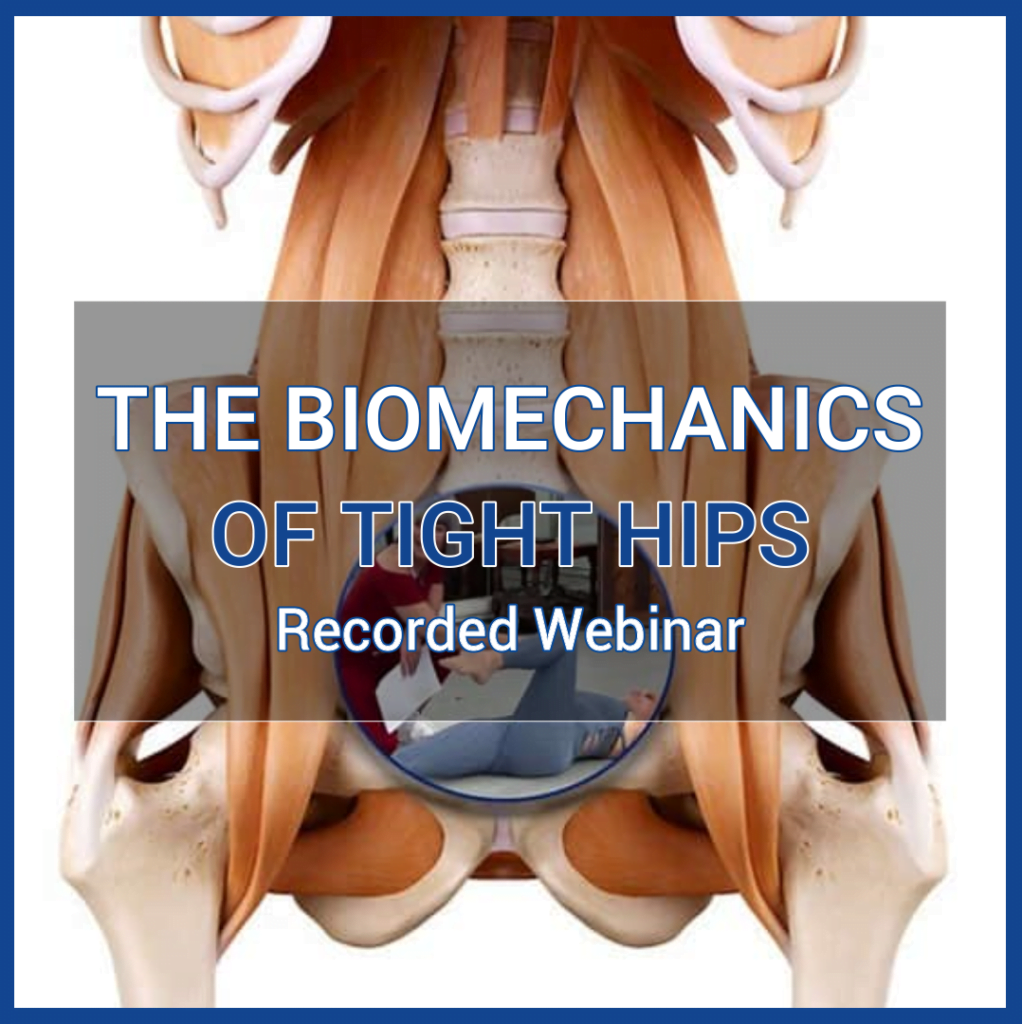Lateral Pelvic Tilt – Knock On Effect: Understanding Biomechanics and Chain Reactions
Description
Understanding the Impact of Lateral Pelvic Tilt
When it comes to assessing the human body’s movement patterns and imbalances, one crucial aspect to consider is the position of the pelvis. The pelvis acts as a central hub, connecting the upper and lower body, and any misalignment can have a significant impact on overall movement and function.
In this course, we will delve into the intricate world of lateral pelvic tilt and its knock-on effects on the body.
We will explore the biomechanics and chain reactions that occur with a lateral pelvic tilt and how it can influence other areas such as hip, knee, and lumbar spine alignment. Additionally, we will discuss effective training strategies and exercises to address this imbalance and improve overall functional strength and movement.
Understanding the Anatomical Imbalances of Lateral Pelvic Tilt
A lateral pelvic tilt refers to an asymmetrical positioning of the pelvis, where one side is higher than the other. This tilt often leads to muscular imbalances and can affect the entire kinetic chain. Let’s take a closer look at the anatomical imbalances associated with a lateral pelvic tilt:
- Hip Misalignment: With a lateral tilt, one hip is elevated, leading to altered muscle length and tension in the hip region. This imbalance can result in decreased hip stability and mobility.
- Knee Compensation: As the hip alignment changes, the knees may also be affected. A lateral tilt can lead to increased stress on one knee, potentially causing pain and discomfort.
- Lumbar Spine Deviation: The misalignment of the pelvis can also affect the lumbar spine. With a lateral tilt, the lumbar spine may excessively curve or tilt to compensate for the imbalance, leading to issues like lower back pain.
Biomechanical Effects of Lateral Pelvic Tilt on Hips, Knees, and Lumbar Spine
Understanding the biomechanical effects of a lateral pelvic tilt is crucial for designing suitable exercise programs and modifications. Let’s explore how this imbalance impacts the hips, knees, and lumbar spine:
- Hip Alignment and Stability: A lateral pelvic tilt disrupts the optimal alignment of the hip joint. This can affect the activation patterns of various hip muscles, leading to compromised stability and decreased functional movement.
- Knee Stress: The altered alignment of the pelvis can create an uneven distribution of forces on the knees. This uneven stress places additional strain on the knee joint, making it more susceptible to injuries like patellofemoral pain syndrome or iliotibial band syndrome.
- Lumbar Spine Compensation: To compensate for the lateral tilt, the lumbar spine may tilt or excessively curve. This compensation can result in lower back pain, muscle imbalances, and reduced spinal stability.
Effective Training Strategies for Clients with Lateral Pelvic Tilt
When working with clients who have a lateral pelvic tilt, trainers and instructors need to tailor exercises to their specific needs. Here are some effective strategies to consider:
- Assessment and Individualization: Begin by assessing the client’s pelvic tilt and any associated imbalances. Based on the findings, customize the training program to target their specific needs.
- Modifications and Progressions: Modify exercises to accommodate the client’s pelvis tilt. For example, incorporating unilateral exercises and focusing on strengthening weaker muscles can help restore balance.
- Core and Hip Stability: Prioritize exercises that promote core and hip stability, as these are crucial in addressing pelvic tilt imbalances. Engaging the deep core muscles, such as the transverse abdominis, can help stabilize the pelvis and promote proper alignment.
- Flexibility and Mobility: Incorporate stretching and mobility exercises to address muscle imbalances and tightness associated with lateral pelvic tilt. Focus on increasing flexibility in the hip flexors, glutes, and hip rotators.
Creating a Client-Specific Lateral Tilt Program
To effectively address lateral pelvic tilt and improve imbalances, a client-specific program is essential. Here are the key components to consider when designing a targeted program:
- Assessment and Goal Setting: Begin by assessing the client’s pelvic tilt, identifying their specific imbalances, and understanding their goals. This information will guide the program design.
- Exercises for Pelvic Alignment: Incorporate exercises that promote proper pelvic alignment and activation of stabilizing muscles. This may include exercises like pelvic tilts, clamshells, and hip bridges.
- Strengthening Weak Muscles: Target the weaker muscles associated with the lateral tilt to restore balance. This could involve exercises like side-lying leg lifts, lateral lunges, and single-leg squats.
- Functional Movement Integration: Integrate functional movements into the program to improve overall movement patterns and translate the gains made in the gym to real-life activities.
Conclusion
Understanding the biomechanics and chain reactions that occur with a lateral pelvic tilt is crucial for fitness professionals and instructors. By grasping the anatomical imbalances and biomechanical effects associated with this tilt, trainers can help clients effectively address and improve their imbalances.
Through tailored exercise programs, modifications, and an emphasis on pelvic alignment and stability, individuals with a lateral pelvic tilt can regain balanced movement and reduce the risk of injury. With guided training and consistency, a lateral tilt can be effectively addressed, leading to enhanced functional strength, improved movement, and a healthier, more aligned body.
For quick tips and inspiration, follow us on Instagram for regular bite-sized chunks of information
show lessSUGGESTED COURSES TO TRY NEXT:

If you would like a personal recommendation for a course, simply pop us an email to [email protected] and we will gladly guide you in the right direction.




